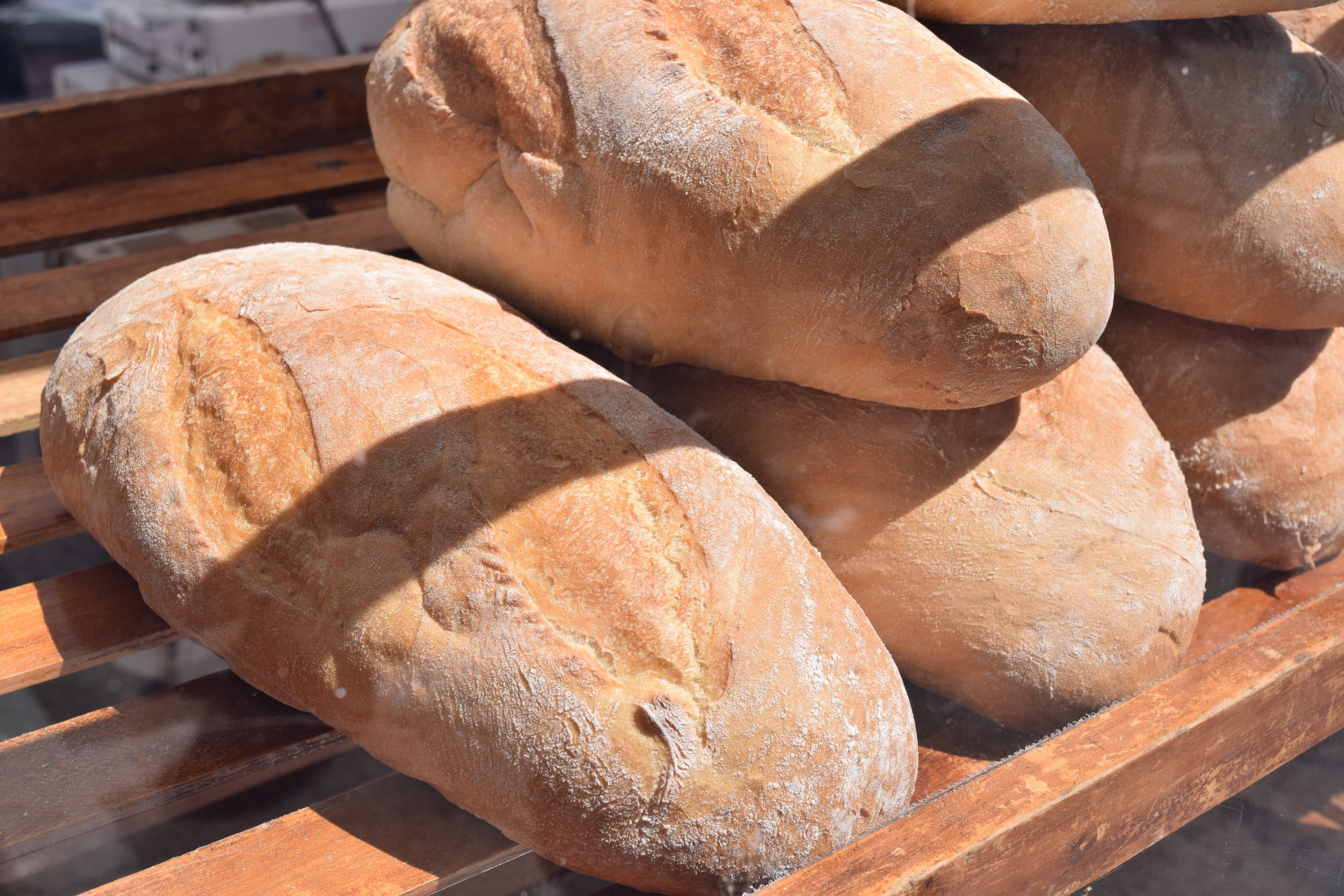Chapter 28: Introduction to Biochemistry
Organic and Biochemistry Supplement to Enhanced Introductory College Chemistry
by Gregory Anderson; Jen Booth; Caryn Fahey; Adrienne Richards; Samantha Sullivan Sauer; and David Wegman
Chapter 28 Contents
- 28.1 Carbohydrates
- 28.2 Lipids
- 28.3 Amino Acids, Proteins, and Enzymes
- 28.4 Nucleic Acids and DNA
- 28.5 Vitamins
- Chapter 28 – Summary
- Chapter 28 – Review
- Chapter 28 – Infographic descriptions
Except where otherwise noted, this OER is licensed under CC BY-NC-SA 4.0
Please visit the web version of Organic and Biochemistry Supplement to Enhanced Introductory College Chemistry to access the complete book, interactive activities and ancillary resources.
In this chapter you will learn about:
- Classes and molecular structures of the four biomolecules: carbohydrates, lipids, proteins, and nucleic acids
- Physical and biochemical properties of these biomolecules, as well as important examples of each that affect our daily lives
To better support your learning, you should be familiar with the following concepts before starting this chapter:
- The difference between a physical and chemical property of matter
- sp2–sp2 hybridization, sigma and pi bonding to form double bonds in organic molecules (Chapter 21.1: Valence Bond Theory)
- Aldehydes and ketones, and the carbonyl functional group (Chapter 24: Aldehydes and Ketones)
- Carboxylic acids and esters, and the carboxyl functional group (Chapter 25: Aldehydes and Ketones)
- All chemical reactions of aldehydes, ketones, carboxylic acids, and esters

Biomolecules are the fundamental building blocks of life, each playing a crucial role in various cellular processes. Carbohydrates serve as the primary energy source, providing fuel for cellular activities, and also contribute to structural support in the form of cellulose and chitin. Lipids, including fats and phospholipids, serve as energy reservoirs, insulation, and the main component of cell membranes. Proteins are the workhorses of biology, involved in countless functions, from catalyzing chemical reactions as enzymes to providing structural support as collagen and facilitating cell communication as receptors. Nucleic acids, such as DNA and RNA, store and transmit genetic information, ensuring the inheritance of traits and guiding the synthesis of proteins. These four biomolecules collectively underpin the complexity and diversity of life on Earth.
Watch Biological Polymers: Crash Course Organic Chemistry #49 – YouTube (14 min)
Video source: Crash Course. (2022, April 8). Biological Polymers: Crash Course Organic Chemistry #49 – YouTube [Video]. YouTube.
Attribution & References
Except where otherwise noted, this section was written by Gregory A. Anderson, and is shared under a CC BY-NC-SA 4.0 license

